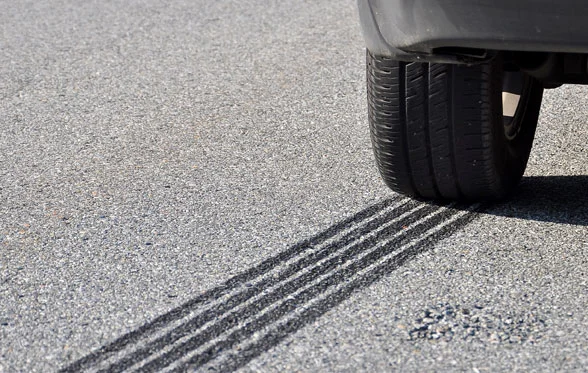Following the publication of EC Regulation No. 443/2009, which introduced mandatory carbon dioxide (CO2) emissions limits for new passenger cars, the European Commission have now published a proposal for an equivalent Regulation covering new light commercial vehicles (i.e. N1 category vehicles). This proposed new Regulation, which follows the same format as (EC) No. 443/2009, would require that each light commercial vehicle manufacturer must achieve average CO2 emissions equivalent to 175 g/km for all of the new light commercial vehicles (i.e. vans, pick up trucks, etc. with a GVW not exceeding 3500 kg) that it registers in the European Union or face hefty fines.
It is proposed that compliance with this new Regulation would be "phased in" over a three year period. In 2014, 75% of the new light commercial vehicles registered in the European Union by each manufacturer will be required to comply with the specified CO2 emissions target, increasing to 80% in 2015 and 100% from 2016 onwards.
The proposed Regulation would allow vehicle manufacturers that are responsible for registering less than 22,000 new light commercial vehicles per year within the European Union to apply for an alternative "manufacturer specific" CO2 emissions target to be applied to them. This alternative "manufacturer specific" CO2 emissions target will be based on what is considered to be technologically and economically feasible for that manufacturer.
Like (EC) No. 443/2009, this proposed Regulation specifies CO2 emissions targets which are directly related to the vehicle's unladen mass (e.g. lighter vehicles are required to meet a more stringent CO2 emissions target than heavier vehicles), rather than one specific target and includes a formula for calculating CO2 emissions targets based on unladen mass. This formula is structured to ensure that the overall European fleet will meet the 175 g/km target.
As with (EC) No. 443/2009, fines for failing to meet the specified CO2 emissions target will be based on the amount by which the vehicle manufacturer failed to meet its CO2 emissions target (in g/km) in a given year, multiplied by the number of vehicles registered within the European Union by that manufacturer in that year, multiplied by an "excess emissions premium". It is proposed that, between 2014 and 2018, an excess emissions premium of €5 will be applied for the first gram over the specified CO2 emissions target, €15 for the second gram, €25 for the third gram and €120 for the fourth and any subsequent grams. From 2019, it is proposed that an excess emissions premium of €120 will be applied for every gram over the specified emissions target.
The Proposal would also permit additional credits for vehicles with CO2 emissions of less than 50 g/km. It is proposed that, in 2014, such vehicles will count as 2.5 vehicles in the manufacturer's average CO2 emissions calculations. This reduces to 1.5 vehicles in 2015 and 1 vehicle in 2016 and subsequent calendar years.
Table 1 gives a brief summary of how the various requirements of the proposed new Regulation would be "phased in" between calendar years 2014 and 2019:
TABLE 1 - Phase in of Proposed Requirements
| 2014 | 2015 | 2016 | 2017 | 2018 | 2019 | |
| Percentage of vehicles required to comply with CO2 emissions target | 75% | 80% | 100% | 100% | 100% | 100% |
| Excess emissions premium for first gram over target | €5 | €5 | €5 | €5 | €5 | €120 |
| Excess emissions premium for second gram over target | €15 | €15 | €15 | €15 | €15 | €120 |
| Excess emissions premium for third gram over target | €25 | €25 | €25 | €25 | €25 | €120 |
| Excess emissions premium for fourth and subsequent grams over target | €120 | €120 | €120 | €120 | €120 | €120 |
| Light commercial vehicles with CO2 emissions less than 50 g/km count as | 2.5 vehicles | 1.5 vehicles | 1 vehicle | 1 vehicle | 1 vehicle | 1 vehicle |
